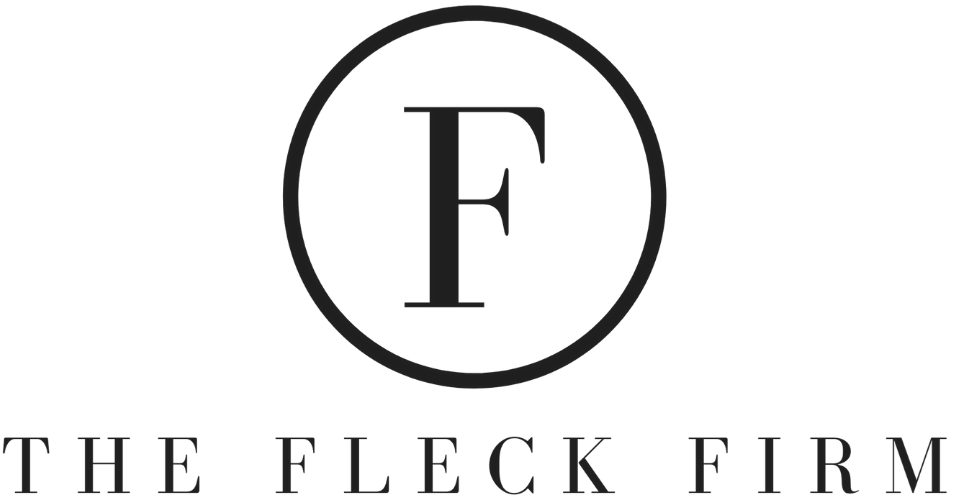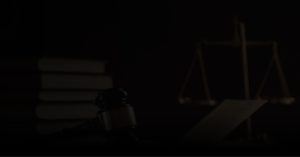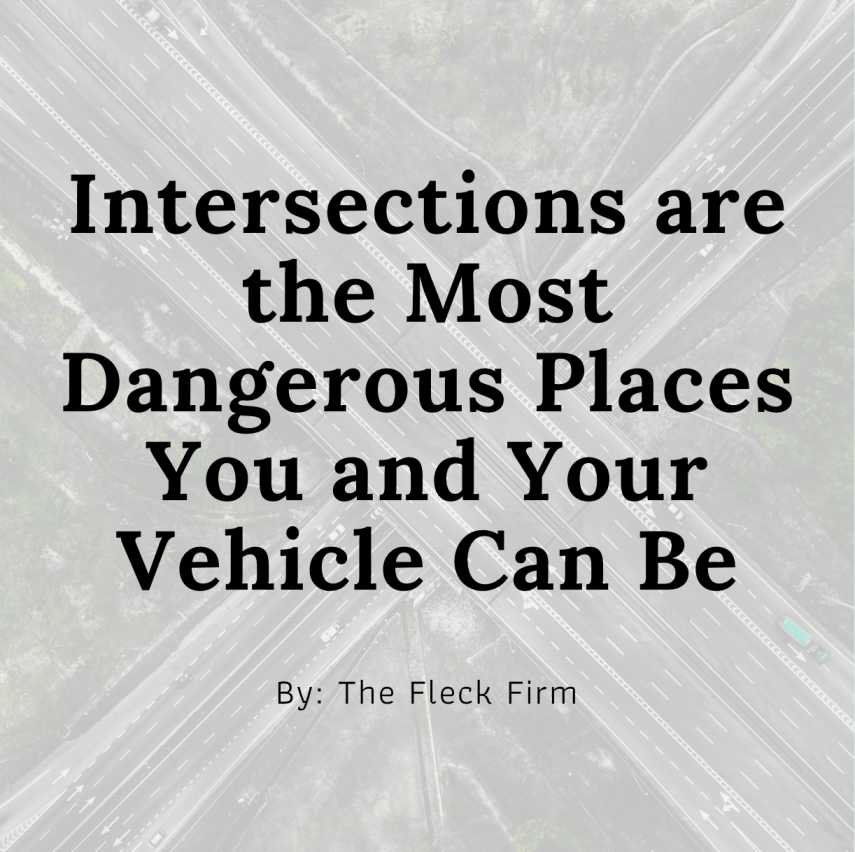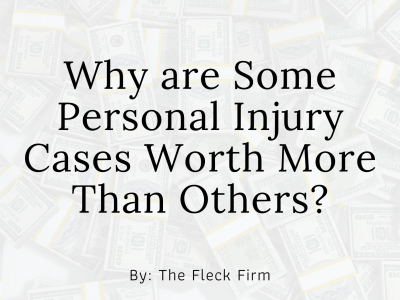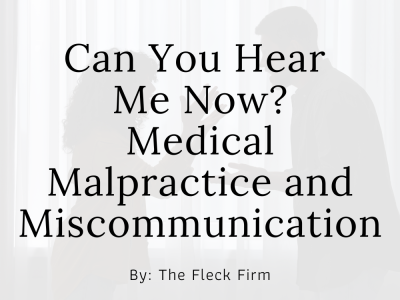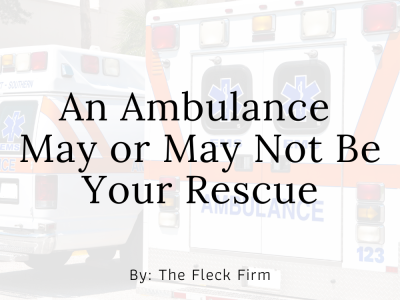If you’re involved in a Kentucky accident, there’s a very good chance it was at an intersection. Crashes happen when vehicles and their drivers conflict. It may be intentional because a driver meant to take a left turn or unintentional, like a distracted driver who didn’t notice the traffic light changed to red. Intersections are places of increased danger, so you should treat them as such. If you’re injured in an intersection accident, talk to Tyler Fleck to learn about your rights and decide if legal representation is right for you.
Intersections have the best and worst to offer the driving public:
- Those passing through could be the largest truck or the smallest pedestrian. Bicyclists and motorcyclists could be stopped at an intersection
- Drivers at intersections can be teens with little experience, distracted parents behind the wheel with kids in the back seat, elderly drivers with failing skills, drivers using smartphones, or truck drivers on drugs trying to stay awake. The most careful and reckless drivers go through intersections, day and night, in rain, snow, and sunshine
- An intersection could be an example of design excellence or an accident waiting to happen. They could be well lit, completely dark, with traffic controls or not. Intersections with highway offramps could have drivers speeding onto local roads.
- Poorly designed intersections or ones handling more vehicles than they’re designed to could suffer from traffic backups. Drivers too eager to get to work, attend church, or get their kids to school become hazards to everyone else. They accelerate through red lights, cut off others by taking quick right turns, or swing left turns in front of oncoming traffic
- Distracted, fatigued, intoxicated, or impaired drivers are dangerous wherever they go, but at intersections more can go wrong, so the likelihood their luck will run out increases
Other attorneys take contingent fees of 33% to 50% of your settlement.
We want you to keep more of your money.
Our contingent fee is only 30% on cases settled prior to filing suit.
When It Comes to Accidents, Intersections Are Where the Action Is
More than half of fatal and injury-causing crashes happen at or near intersections, according to the Federal Highway Administration (FHA). The agency looked at statistics concerning 2007 intersection accidents and found:
- In rural areas, accidents at intersections with and without stop signs or lights were about the same, while in urban areas intersections with traffic controls had a disproportionate number of accidents
- Crashes where vehicles struck each other at an angle were the most common (47%) while single vehicle accidents were 30% of accidents. Vehicles going in opposite directions were involved in 15% of crashes
- A quarter of intersection fatalities were older drivers, though they made up 12.4% of the country’s population
- About 17% of fatalities involved motorcyclists, 13% were pedestrians, and bicyclists were 3%
Where and How Hard Your Vehicle is Hit Can Determine Your Injuries
Intersections also showcase the wide range of accident types and injuries that may occur. The type and severity of accidents vary based on many factors. Speed and type of vehicle play big roles. The angle the vehicles strike each other is important, as is where on the vehicle the two impact. Multi-vehicle accidents are common, as a third or fourth vehicle may strike the first two stopped in the roadway.
The force of the accident can determine the severity of injuries. That force is the result of the speed and size of the vehicles involved. Another key issue is whether vehicle occupants wear seat belts and if airbags properly deploy.
Most vehicles have more space in the front (for the engine) and the rear (for storage), and they act as “crumple zones” to absorb the force of a crash, so occupants don’t have to. When a vehicle is struck on the side, there are no crumple zones, and seatbelts don’t protect people as well.
Some crash types common at Kentucky intersections include:
- Rear-end: You may be stopped at the intersection when an intoxicated or distracted driver strikes you from behind
- T-bone: This occurs when a driver ignores a stop sign or stop light, travels into the intersection, and strikes the side of a vehicle. It also happens when a driver makes a left turn without leaving enough space for oncoming vehicles
- Head-on: A person approaching you from the opposite lane steers into you or loses traction because of speed and poor weather conditions
- Sideswipe: A vehicle may improperly change lanes into your vehicle, or one takes a right from a connecting street into your vehicle
Reduce Your Chances of an Intersection Collision
How can you be safe at an intersection? Don’t speed because the faster you go, the less control you have. There’s less time to react, and you need a longer distance to stop. If you’re going straight and have a green light, quickly look to both sides to see if anyone may run the red light. If so, try to stop in time. If you’re taking a right on a green, look for red light runners. If the intersection allows taking a right on red, come to a complete stop and see if it’s safe to enter the lane.
Never drive under the influence of drugs or alcohol. If you’re too tired to drive safely, don’t drive. Focus on driving, so put your smartphone away. It’s OK to miss a call while driving, and you need not read or respond to a text while behind the wheel. Take a break from your device when driving because using a “hands-free” option is just as dangerous as holding a phone to your ear while driving.
Free Consultation
Contact us today for a free consultation to see how we can put our years of experience to work for you.
If You’re in an Intersection Crash, You Have a Greater Need for Legal Representation
The more serious your injuries, the greater the compensation you may get for the harm you suffered. If you represent yourself, an insurance company will probably take advantage of your ignorance of the law and inexperience in making an insurance claim.
Intersection accidents can be very complex. The cause and which driver or drivers are to blame may not be clear. A reason may not be a driver, but the intersection’s poor design or the fact it’s poorly maintained by the Kentucky Transportation Cabinet or a local town. Streets may connect at odd angles or be overburdened with traffic. Streetlights may not fully function, or the road poorly drains, causing it to be water covered or icy.
The more potential parties at fault, the more parties could be sued, and the more insurance companies could be involved. This increases the importance of a full investigation into the accident, possibly with the help of an accident reconstruction expert, so blame can be properly assigned. This is something the Fleck Firm can do. Can you?
Get the Legal Help You Need from an Attorney in Kentucky
If you have questions about intersection accidents or want legal representation to help you with an injury caused in a car crash, contact The Fleck Firm for a free consultation at (270) 446-7000. We’ll talk about the accident, the law, and your best options to proceed. Insurance companies have lawyers. You should have one too.
